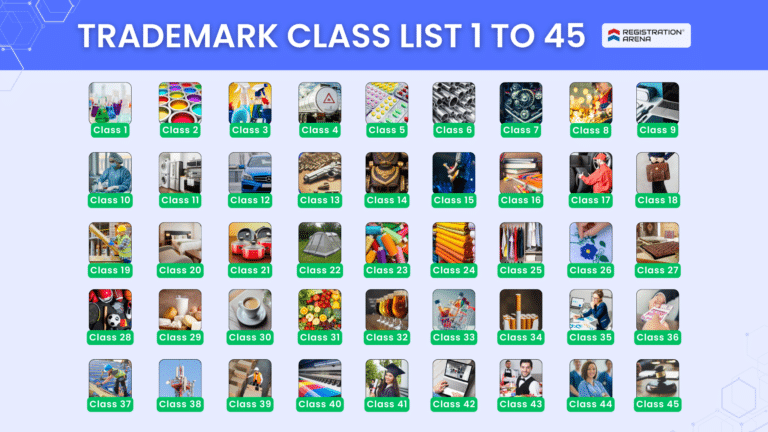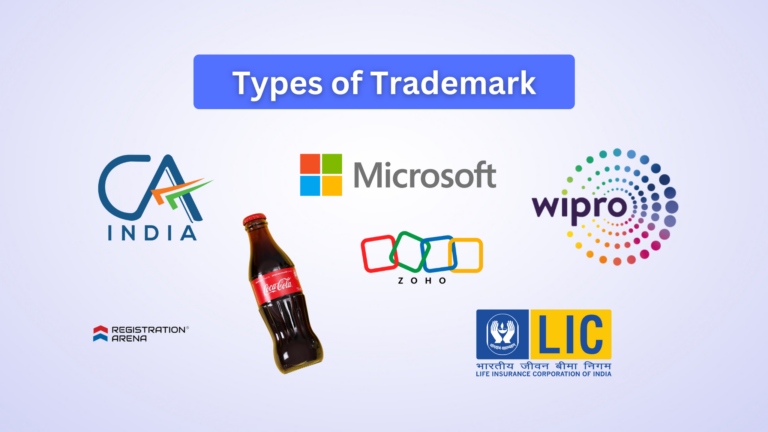Introduction
Registration of a trademark provides legal protection against unauthorized use of the registered brand name. The trademark is registered based on the types of goods and services that are offered. The Ministry (Ministry of Commerce and Industry) categorizes all goods and services into 45 Trademark Classes. To register a brand under a trademark, the correct class of trademark must be known. It is also possible that the product falls into more than one Class. Filing each application separately will be a time-consuming process.
What is a Multi-Class Trademark Application?
A multi-class trademark application is used to register a service mark or a trademark in two or more product/service classes. It is a trademark application in which the applicant registers the federal trademark application in order to have their trademark registered in more than one product/service Class.
Filing a multiple-class application has certain advantages and disadvantages, which we will discuss in this blog. The obvious benefit is that the applicant will not have to file separate applications and will be able to protect a product in multiple classes with a single application. Furthermore, filing a single multi-class application is more efficient. The applicant can avoid the hassle and save time by providing the information on a single occasion rather than multiple times.
Key points to be considered for Multi-class trademark application
1. Filing an Application
The multi-class trademark application will be treated as a single application for all classes that are applied for. Hence all the classes will be processed together.
2. Fees for trademark applications
The government fees for a trademark application will be the same for Multi-Class Trademark irrespective of the number of applications. The Trademark Office charges, based on the number of classes one applies for. As a result, there is no additional benefit in terms of fees while filing a multi-class application in terms of trademark application fees.
3. Process
Because it is a single application for all classes, if there is an issue in any class, the entire application will come to a halt. For example, suppose an applicant submits a multi-class application for five classes. If the Trademark Office discovers a problem in one of the classes, the entire application may be halted. The Trademark Office will only process the entire application if an issue with the other application is resolved. As a result, if there is any doubt about the brand’s availability in one of the classes, it is best to file individual applications in all classes.
4. Rejection / Objection
If the Trademark Office files an objection or third-party files an opposition in one of the classes that are not cleared, the entire application will be rejected, even if the brand can register in other classes. There is an option to divide the applications later so that one can enroll in other classes. However, it will take more time and money.
5. Use of Trademark
In each class, a trademark must be in use.
The applicant must use the trademark in each class in which it seeks registration. It is possible that the applicant applies to multiple classes but does not conduct business in all of them. In such a case, the Trademark Office has the authority to suspend the registration. The applicant must provide sufficient evidence of the continuous use of a trademark in that class.
Conclusion
If a person is filing a trademark on their own and their products fall into multiple classes, they should file a separate single-class application unless and until they are confident that there will be no opposition or objections raised against any of the classes if they proceed with a multi-class application. Although the Trademark Office allows for the submission of multiple-class trademark applications, in most cases, the benefits of using a single-class application outweigh the benefits of multiple-class applications.
The Trademark Registry’s rejection of the entire application is the most serious disadvantage of a multiple-class application. If an objection is raised, the applicant has the option of filing a divisional application for registration, but this will incur additional costs, effectively defeating the purpose of a hassle-free experience.







